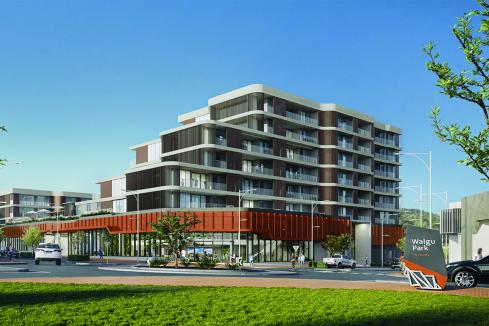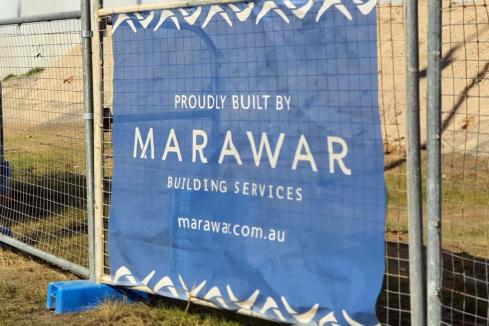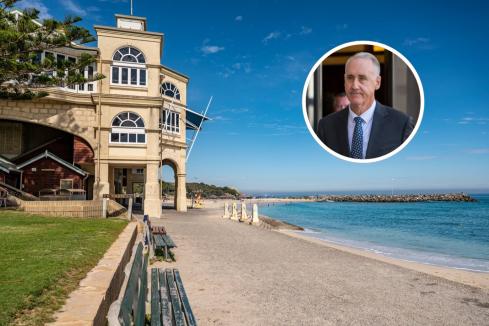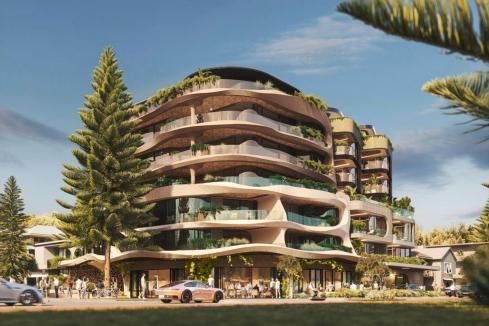As the state government focuses on streamlining approvals for large-scale apartment projects, some property developers are hoping the ‘missing middle’ won’t be overlooked.

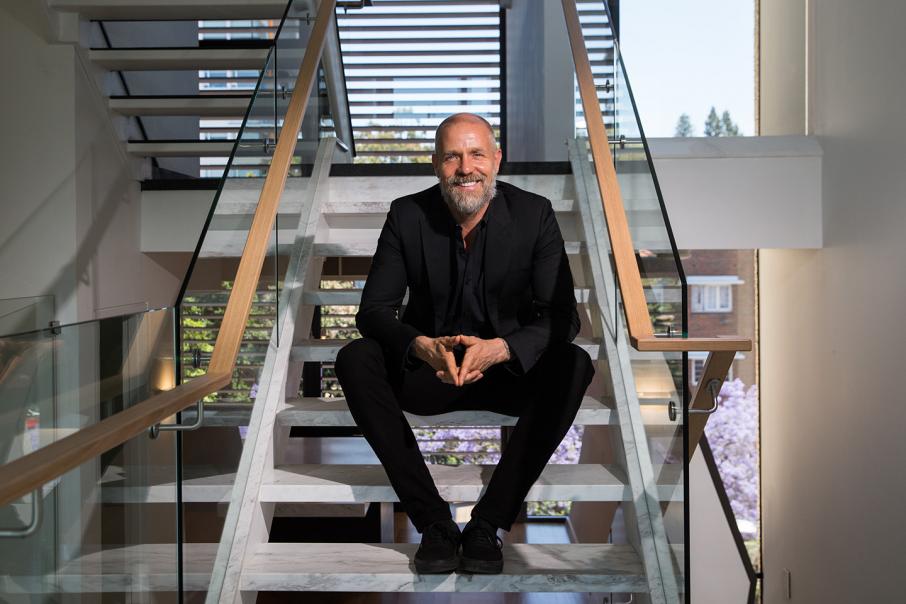
Developers of smaller apartments projects across Perth say some of the state government’s recent measures to stimulate economic activity and employment in light of COVID-19 are good in theory, but may not meet expectations in practice.
Among the measures is a streamlined assessment process for ‘significant developments’, defined as those projects with an estimated cost of at least $30 million or new residential buildings proposing more than 100 dwellings.
Developer and architect Barry Baltinas hopes the approvals process for the smaller, high-end apartment projects he focuses on could also be streamlined.
“These smaller projects can get off the ground very quickly, helping to create jobs and incomes for Perth families at a time when that is very much needed,” Mr Baltinas told Business News.
“Now more than ever, buyers are putting their health and the health of their family in focus, and boutique living aligns with that.”
Baltinas’s latest project, the $19 million Habitat Residences in Applecross, recently completed construction and features 14 apartments and three penthouses.
Mr Baltinas said the lack of shared facilities at the projects had proved to be a drawcard, particularly in recent weeks.
“It not only means fewer maintenance costs, but brings fewer health implications, which is obviously top of mind for many buyers right now,” he said.
“We’re seeing more activity in the market, in particular from those downsizers who have not been greatly impacted financially by recent events.”

Baltinas recently completed construction on Habitat Residences in Applecross.
MGroup managing director Lloyd Clark said there had been a lot of speculation about the potential negative impact of COVID-19 on the property industry, but the company’s apartment arm Match, which mostly develops 30-40 dwellings over three to five storeys, had not adjusted its pipeline.
“Boutique product holds its value,” Mr Clark told Business News.
“It’s important to note that the apartment market is heavily impacted by continued population growth, and an emerging generation that values central urban living over the half-acre block.”
Mr Clark said this would continue to increase demand for quality product in desirable locations.
“If the government’s mandate is to stimulate the economy and fast track project development, it needs to approach all areas of the property sector equally,” he said.
“We believe it is absolutely counterproductive for the government to favour one style of dwelling over another in any capacity.
“There is a whole market sector that would never consider high-density living, so disadvantaging them with time delays does not service anyone.”

Match’s concept for the M/27 apartment project in Fremantle.
Infill targets
Zegna managing director Robert Zupanovich said if the government wanted to meet its urban infill goals (47 per cent by 2031), it needed to consider fast tracking and reducing red tape for small to medium-sized developments.
Often referred to as the ‘missing middle’, medium density accounts for town houses and mid-rise apartments generally no bigger than five to seven storeys.
“Being the so-called missing middle, smaller projects in the suburbs always seem to get left behind, even though this is the growth area for apartment living,” Mr Zupanovich told Business News.
“Not everyone lives in the city and wants to socialise in the city; we have excellent facilities in our suburbs and zoning changes have not gone far enough.
“Suburban infill needs serious support, a lot more than it is currently being given.”
Mr Zupanovich founded Zegna, a building and development business, in 2013 and currently has several medium-density developments in the pipeline, including two nine-apartment projects in Innaloo – the $5.5 million Botanica Apartments now under construction, and the $5.3 million Acumen Apartments on Minilya Street.

Zegna recently received approval for its development in Brechin Court, Duncraig.
Zegna was also recently given the green light for a $7.45 million, 16-apartment project over three storeys in Duncraig, following a State Administrative Tribunal hearing.
“The biggest challenge facing this part of the market is getting development approvals for projects that assist with reaching the state government’s suburban infill targets,” Mr Zupanovich said.
“The current system of fighting councils, being refused DA (development application) approval, fighting the application in the SAT and winning, needs to change.
He said this was slowing growth, holding up jobs and forcing people to leave their local area to live.
“With the introduction of Design WA, which encourages larger apartment complexes and taller developments, and market changes to apartment design, there is even more need now to educate the community that apartments are here to stay and they’re getting taller,” Mr Zupanovich said.












